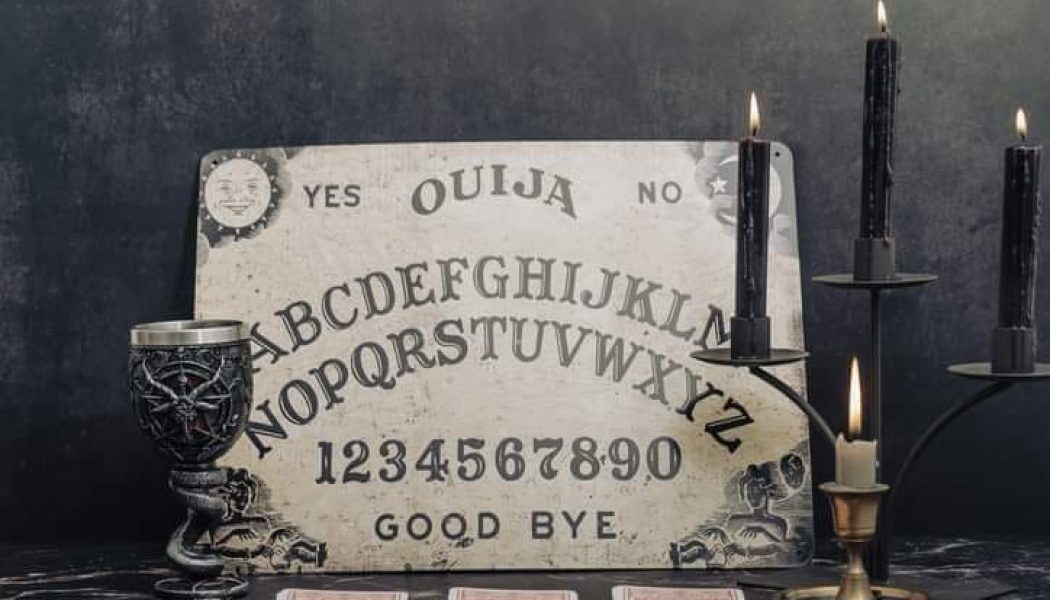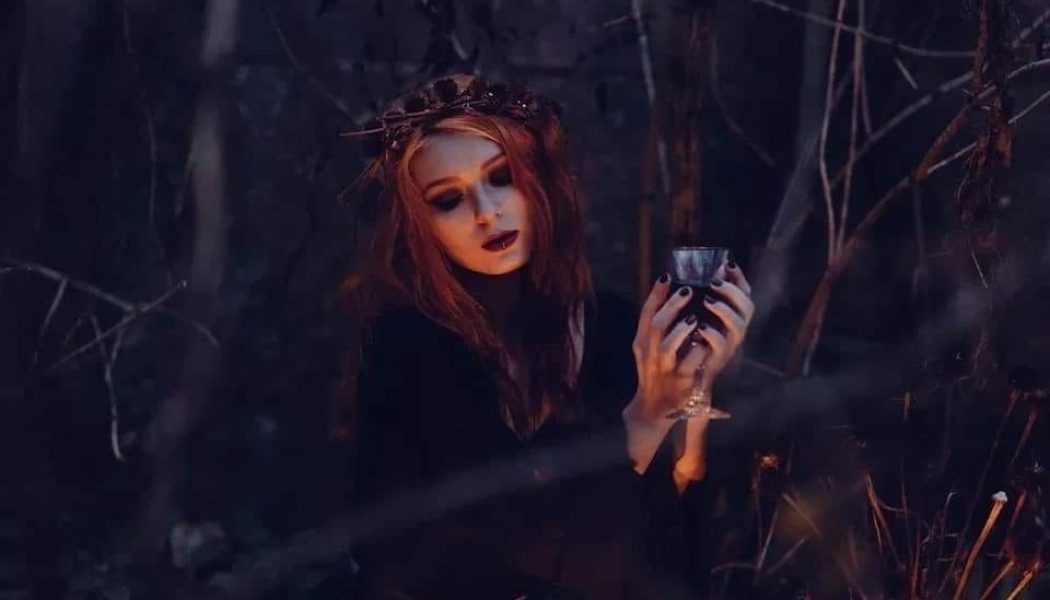Spirit Magick
Six Ways Victorian Séances Were Not Like the Movies
Spirit Board Ouija for Spirit CommunicationIf you watch a lot of supernatural horror or read many gothic novels, you’ve probably encountered your fair share of séance scenes. In modern stories a...
How to Protect Yourself While Working With Spirits
Spirit work, whether communing with our ancestors or invoking deities, can be tricky business. Many of us have Ouija board stories from childhood that appropriately taught us the valuable lesson of ne...



